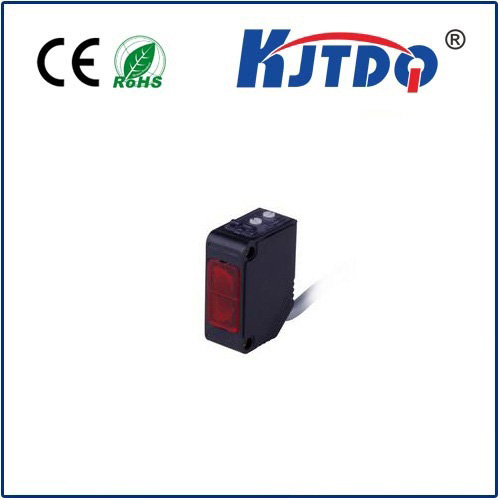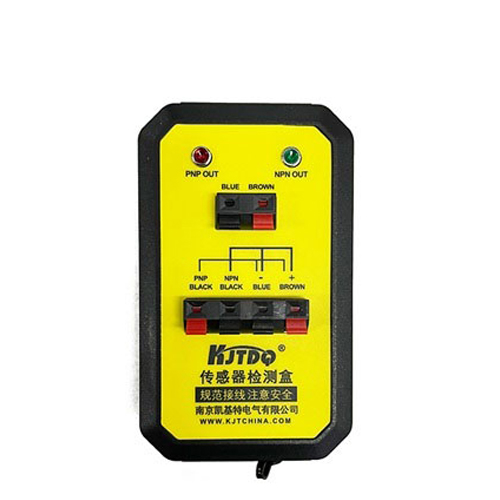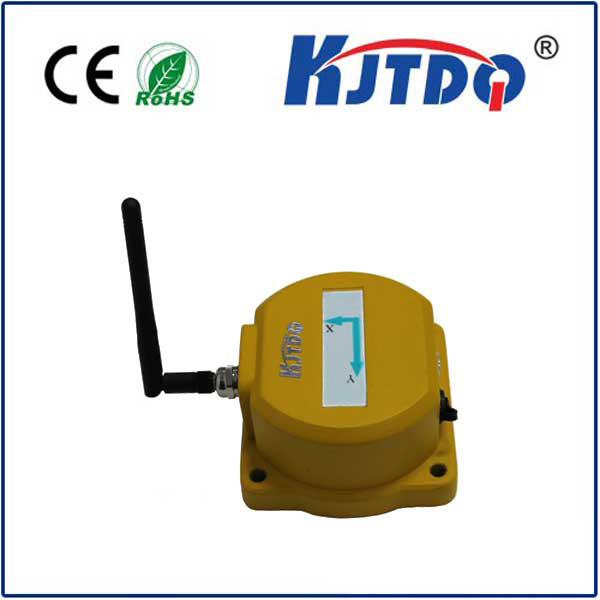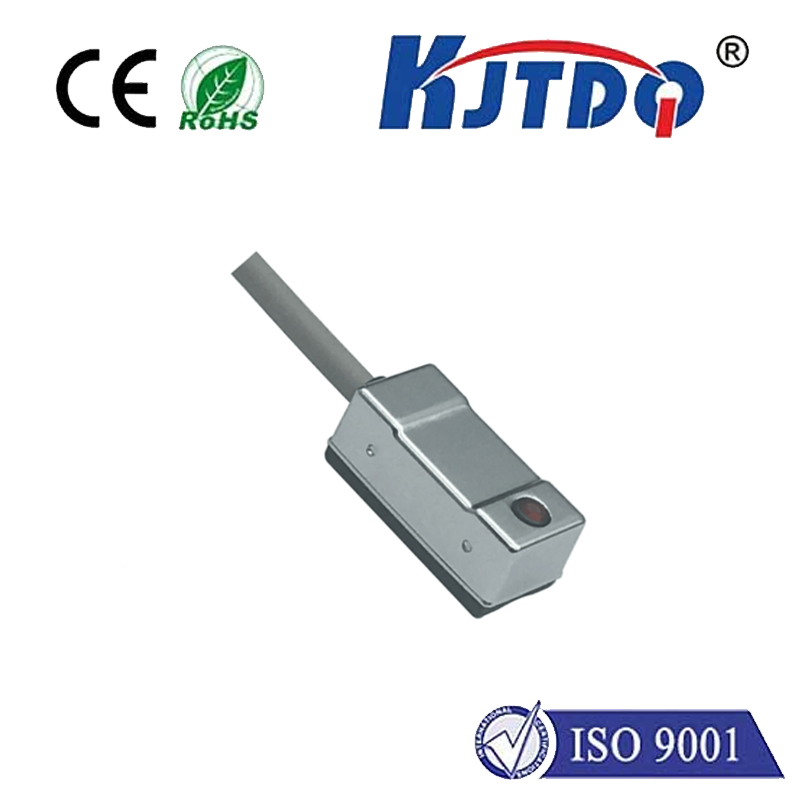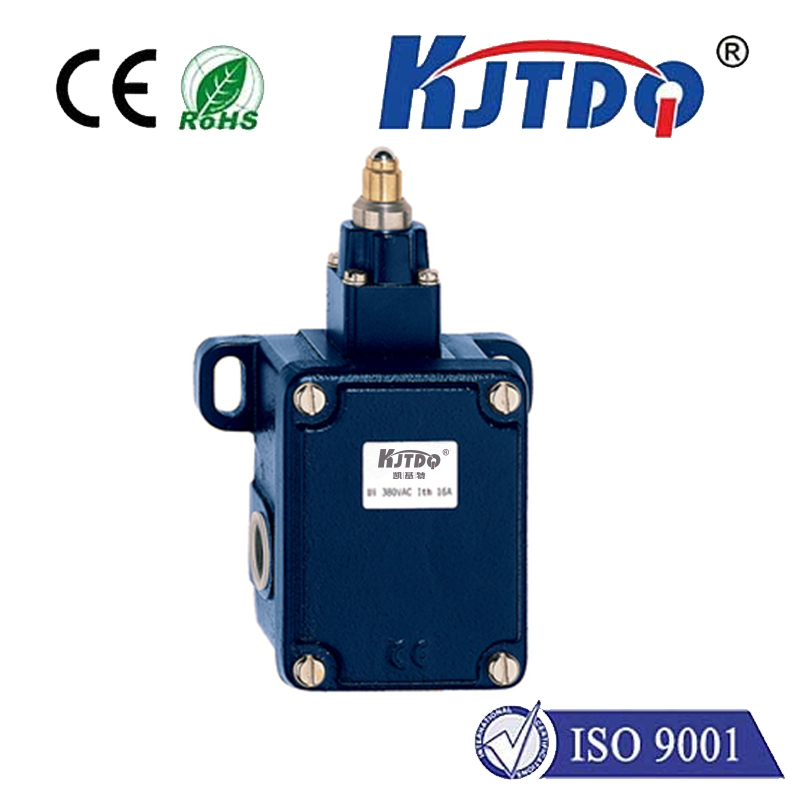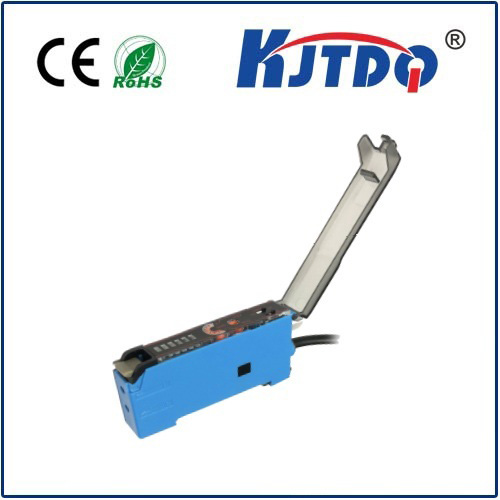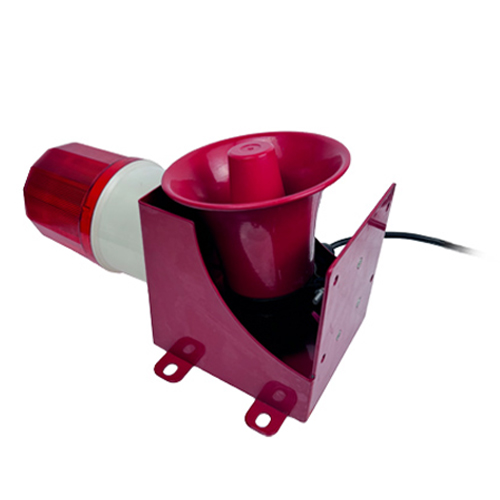photoelectric limit switch
- time:2025-07-25 03:08:52
- Click:0
Beyond the Click: How Photoelectric Limit Switches Revolutionize Precision Detection
Imagine a high-speed bottling line. Thousands of containers whizz by every hour. Ensuring each bottle is perfectly filled and capped requires instantaneous, unfailingly accurate detection. A mechanical switch, reliant on physical contact, might falter under the speed, wear down prematurely, or simply miss its target. This is precisely where the silent sentry of automation – the photoelectric limit switch – excels, offering a superior blend of speed, reliability, and non-contact precision that mechanical counterparts struggle to match.
Unlocking the Principle: Light as the Ultimate Sensor
At its core, photoelectric sensing operates on a beautifully simple yet powerful concept: detecting the presence, absence, or characteristics of an object by using light. A photoelectric limit switch packages this technology specifically for the critical role of signaling when an object has reached a predefined position – a “limit.” It functions as a digital on/off control based purely on the interaction of light with the target object.
The fundamental components are:
- Emitter (Light Source): Typically an LED (often infrared for immunity to ambient light, though visible red and laser are common), generating a focused beam of light.
- Receiver (Photodetector): A photosensitive component (like a phototransistor or photodiode) designed to detect the emitted light.
- Signal Processing Circuitry: This interprets the receiver’s signal and triggers a clean, amplified digital output (e.g., PNP/NPN transistor, relay contact) when specific conditions change.
How It Delivers Limit-Switch Functionality: The Detection Modes

Photoelectric limit switches achieve their position-sensing magic primarily through three distinct operational modes, each suited to different application nuances:
- Through-Beam (Opposed Mode):
- Principle: Emitter and receiver are housed in separate units, physically positioned opposite each other. The emitter sends a constant beam of light directly to the receiver.
- Activation: An object interrupting the beam blocks the light from reaching the receiver.
- Output Change: The loss of light signal causes the switch output state to change (e.g., from ON to OFF, or vice-versa, depending on configuration).
- Key Advantage: Longest sensing distances and highest reliability for detection, as the object doesn’t need specific reflective properties – it just needs to be opaque.
- Limit Function: Ideal for detecting objects passing between sensors on conveyor lines, verifying end positions of actuators where mounting opposing units is feasible, or guarding access points.
- Retroreflective (Reflector Mode):
- Principle: Emitter and receiver are housed in the same unit. A specialized retroreflective target (or tape) is positioned opposite the sensor. This target reflects the emitted light beam directly back to the receiver.
- Activation: An object interrupting the beam path between the sensor and the reflector prevents the light from returning to the receiver.
- Output Change: Loss of reflected signal triggers the output state change.
- Key Advantage: Simplifies wiring (only one device to mount and wire) compared to through-beam while still offering relatively long detection ranges. Less sensitive to object color/surface than diffuse mode.
- Limit Function: Excellent for detecting pallets at the end of a racking system, verifying the closed position of doors or hatches, or monitoring object passage where mounting a reflector is practical.
- Diffuse (Proximity Mode):
- Principle: Emitter and receiver are housed in the same unit. The emitted light beam travels outwards. Detection occurs when enough of this emitted light is reflected directly off the target object back to the receiver.
- Activation: The presence of an object within the sensor’s detection range causes light reflection back to the receiver.
- Output Change: Sufficient reflected light triggers the output state change.
- Key Advantage: Simplest mounting – only the sensor unit itself is required. Doesn’t need a separate reflector or opposing sensor unit.
- Limit Function: Ideal for detecting objects moving directly past the sensor face (e.g., on a conveyor side), verifying the presence of parts on a nest or fixture, or proximity detection where distance is short and target characteristics are suitable. Crucially: Performance is dependent on object size, color, surface texture, and background.
Why Choose Photoelectric Over Mechanical? The Compelling Advantages
Replacing traditional mechanical limit switches with photoelectric sensors brings a suite of significant benefits crucial to modern automation:
- Non-Contact Operation: This is the defining advantage. No physical touch means zero mechanical wear on the sensor itself. There’s no risk of damaging fragile targets, nor does sensor longevity degrade with repeated actuations. This translates directly to lower maintenance costs and higher reliability.
- High-Speed Detection: Light travels fast! Photoelectric sensors can detect objects moving at incredibly high speeds where mechanical switch bounce or actuation time would cause misses or signal delays. They operate in the millisecond range, perfect for fast production lines.
- Extended Sensing Range: While mechanical switches require physical proximity for actuation, photoelectric sensors (especially through-beam) can accurately detect objects over distances ranging from millimeters up to many meters.
- Versatility: Photoelectric sensors detect virtually any material – metal, plastic, wood, glass, liquid levels (depending on mode), regardless of color (though diffuse mode sensitivity varies). They bypass issues mechanical switches face with oily, wet, dusty, or chemically harsh environments (when properly rated).
- Precise Positioning: The lack of physical actuation force means no deflection of the target object, enabling extremely precise positional control, critical in assembly and robotics.
Where Photoelectric Limit Switches Shine: Key Applications
The robustness and flexibility of photoelectric limit switches make them indispensable across countless industries:
- Packaging & Material Handling: Detecting boxes, bottles, cans, pallets on conveyors; verifying case sealing, fill levels; controlling diverters and stops.
- Automotive Manufacturing: Precise part presence/absence verification on assembly lines; robot end-of-arm tooling confirmation; weld nut detection; door/hood open/close sensing.
- Food & Beverage: Detecting containers, counting products, monitoring liquid levels (clear containers via thru-beam), controlling fillers and cappers (sanitary designs available).
- Material Cutting/Processing: Verifying material feed position for saws, lasers, punches; detecting sheet end-of-stack; confirming blade guard position.
- Building Automation: Monitoring door and window positions, elevator car leveling, garage door open/close limits, security system triggers.
- Machinery Safety: Integrating into safety circuits for light curtains, gate monitoring, and area guarding (using safety-rated photoelectric sensors).
Selecting the Right Photoelectric Limit Switch
Choosing the optimal sensor requires careful consideration:
- Detection Mode: Based on object characteristics, required sensing range, mounting constraints, and background conditions (diffuse sensors are sensitive to background).
- Sensing Range: Ensure the sensor’s specified range comfortably exceeds your application needs.
- Object Properties: Size, color, material, surface finish (glossy/matte) – especially critical for diffuse sensors.
- Environmental Conditions: Temperature extremes, dust, moisture (IP rating), washdown requirements, chemical exposure, ambient light interference (sunlight, welding).
- Output Type & Wiring: NPN/PNP transistor, relay contact? Voltage compatibility? Size and type of connector.
- Response Time: Necessary for high-speed applications.
- Special Features: IO-Link for diagnostics/adjustments, background suppression (for diffuse mode), precise focus adjustment.
Embracing the Light Touch
From ensuring a pallet is perfectly positioned within a warehouse rack to guaranteeing a critical component is present before a robotic weld begins, photoelectric limit switches provide the reliable






